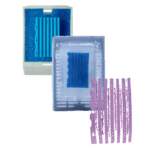Welcome to our FAQ blog post about the Lumea BxChip. Here, we will answer some of the common questions you may have about this helpful technology for labs and pathologists.

What is the BxChip?
The BxChip is an engineered tissue-mimetic array that safely holds up to 6 core needle biopsies in a single cassette throughout tissue processing.
How Does it Work?
The material mimics properties similar to how human tissue processes, embeds, cuts, and stains as a result of histology lab processing procedures. During processing the BxChip has been formulated to shrink down slightly in size to maintain the specimens or tissues in place. The final product will stain as a background on a slide while maintaining the original placement of the tissues within the BxChip.
What specimen types work with the BxChip – 6 Lane?
The BxChip – 6 Lane is compatible with 16-18g core needle biopsies.
Are there BxChips for other specimen types?
The goal is to create BxChips for as many specimen types as possible to save labs time and money and improve tissue quality. Our team is working on a BxChip – 4 Lane for larger gauge breast core biopsies (14-16-gauge cores). Also in development is the BxChip – 8 Well (each well can contain a small tissue biopsy up to 7mm) and a BxChip – 16 Well (each well can contain a small tissue biopsy up to 4mm).
How does the BxChip work with other Lumea technology?
The BxChip can be used separately or in tandem with the Lumea BxCamera® and BxBoard®. The camera quickly and accurately captures an image and measures tissue in the BxChip.
The BxChip is also compatible with our Viewer+ platform. Our tissue-detection software auto-measures tissue within the BxChip from a slide image and keeps track of the order of and identifying information pertaining to cores. As a pathologist circles an area of interest on the digital slide, our software automatically calculates the percentage of involvement and fills out a diagnostic report draft for them.
A surgery center or other procedure facility can use the BxBoard instead of formalin jars or other specimen collection methods. The BxBoard maintains specimen orientation and helps keep cores flat and straight, facilitating an ideal transfer from the collection device to BxChip.
What is the purpose of the BxChip?
The purpose of the BxChip includes:
- To save on materials, cost, tech time, and storage space by reducing cassette and block volume in the lab.
- To improve tissue yield on slides. How? The BxChip reduces linear variability. In some labs, this has significantly increased histologic tissue surface area, biopsy core length, and, most notably, some pathologists who use the BxChip have reported an increase in their cancer detection rates.
- To standardize tissue handling.
- To improve scanned slides. The blue material is an anchor for scanners to lock in and focus on the relevant areas.
- To maintain biopsy core orientation and site designation.
- To provide a landmark for AI so multiple slides and levels of the same core can be viewed simultaneously on a grid.

How do pathologists know which core is where within the BxChip?
BxChips contain special markings. The arrows indicate orientation (proximal and distal ends of the tissue). The dots ( · ·· ··· ) are a key to know which core was placed where from left to right. Using that key, labs should document which tissue is where so that a pathologist will know what they are diagnosing. If used with Lumea’s software, our technology will keep track of the designations for you.
How do pathologists diagnose with the BxChip?
Using the key to know which core is where, as mentioned in the previous question, a pathologist can diagnose the cores within the BxChip as they have been trained to diagnose cores. If used with Lumea’s software, you can view and annotate cores digitally, and easily toggle between different stains.
What are the benefits?
Multiplexing 6 cores on one slide within the chip also enables labs to do additional stains with significantly reduced costs. The chip also reduces diagnostic time per case and increases biopsy core length by up to 31.8%. Most notably, using the chip has increased some pathologists’ average cancer detection rate by up to 9.8%.
Is it FDA-registered?
Yes! The BxChip is registered with the FDA. It also has CE marking, which certifies that a product has met EU health, safety, and environmental requirements, which ensure consumer safety.

What are you waiting for? Buy our BxChip onboarding kit today to try it in your lab.
Want to learn more? Schedule a free consultation with our team.

